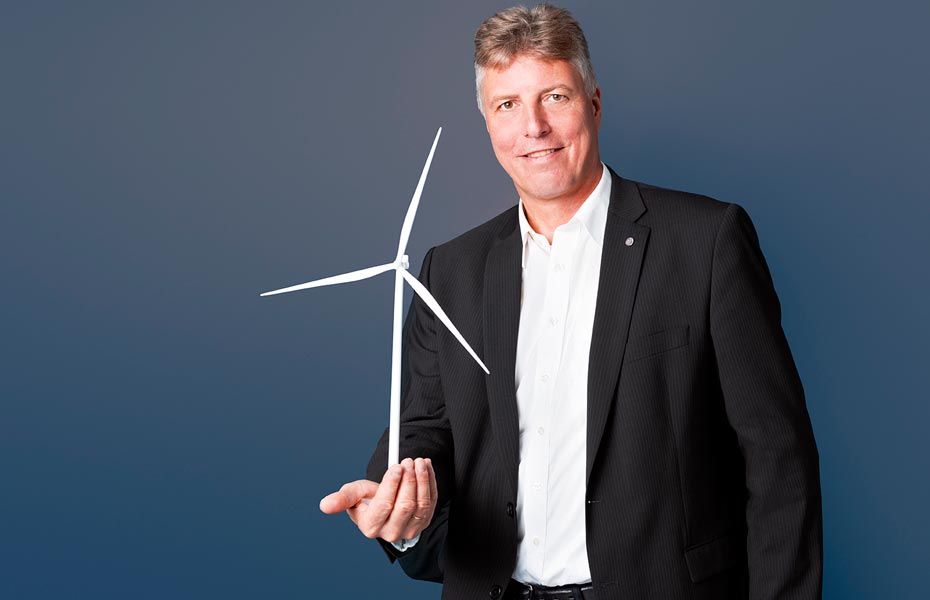
03. January 2020
Over the past 40 years, Vestas has worked with making wind the primary source of energy worldwide. The company has installed more than 68,000 wind turbines in 80 countries divided over six continents and is today recognized as the global market leader within its field.
As one of the world’s leading wind turbine manufacturers, Vestas takes part in driving the green transition on a global scale – and here the development of standards plays a significant role.
Today, Vestas has approximately 60 specialists and 100 engineers who actively work with developing both national, European and international standards for the wind turbine production and green energy.
Vestas has invested such massive resources in the standardization work in order to take responsibility on behalf of the entire industry’s development, Head of External Standards at Vestas, Hans-Christoph Paul explains. By actively participating in the development of standards, Vestas seek to contribute to the global transition towards renewable energy:
- As a global market leader, we have a responsibility for pushing the industry in the right direction. We wish to set the bar high for how we in the future should develop secure, effective and sustainable wind turbines, which can make wind power the primary source of energy on a global scale – and that is exactly what we can do by participating in the development of standards, says Hans-Christoph Paul.
That exists various standards describing how a wind turbine should be designed for proper quality and security.
The many standards can describe anything from wind turbines' life expectancy to design principles for wings, foundation and towers. There also exists a standard for the amount of stress the gearbox should be able to take from wind. Even the light indicators, which ensure that the wind turbine can be seen clearly from a passing airplane is addressed in standards.
But standards are not just beneficial for product safety – they also contribute to quality assurance of the power delivered by modern wind turbines. Some Danish standards concern ensuring wind turbines to deliver power, that can maintain a stable grid.
- Back in the 90’s, Danes, living in rural parts of the country, could experience the TV flickering if they were running on wind power. The industry has solved that problem by fx developing standards for more effective wind turbines, that can deliver a stable output. With this solution, the energy use in Denmark can be covered by 100% wind power on windy days, explains Hans-Christoph Paul.
Through Vestas’ standardization work, the company can contribute to more international markets setting just as ambitious standards, which can contribute to making wind power the primary source of energy worldwide.
When Vestas invests in the development of standards it owes to it being advantageous for the company.
By participating in the work with international standards, Vestas takes part in uniforming the many different markets’ product requirements and regulations, expresses Hans-Christoph Paul:
- International standards take part in ensuring that we can sell our products globally without having to design them specifically to each single market’s special needs and regulations. This gives us more flexibility and the opportunity to expand wind power to new markets.
